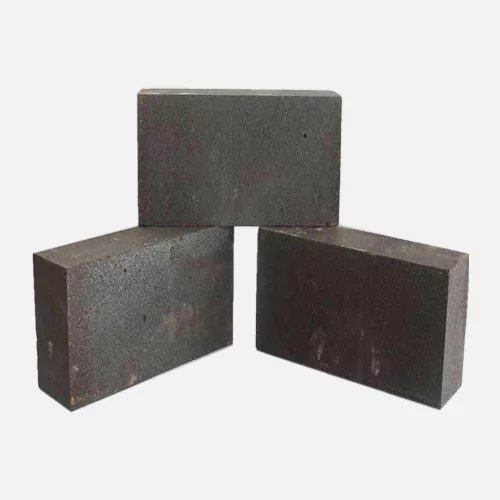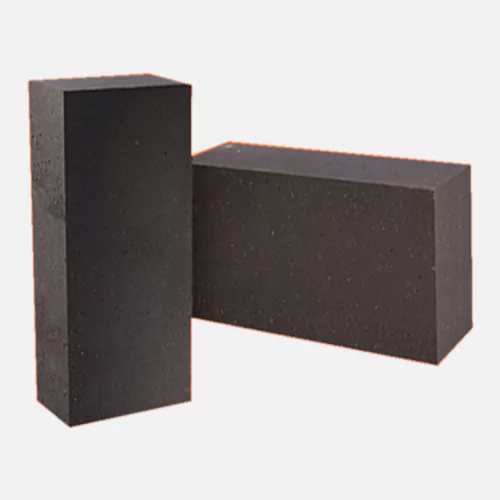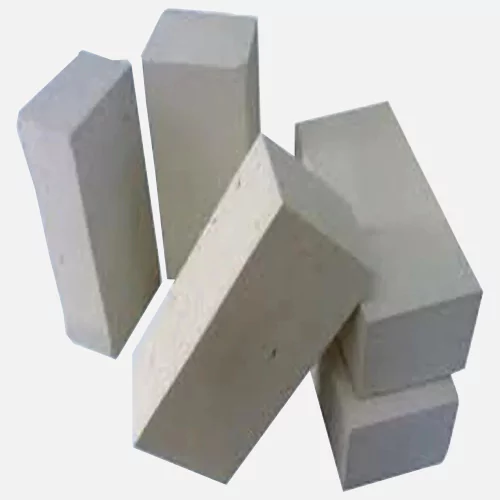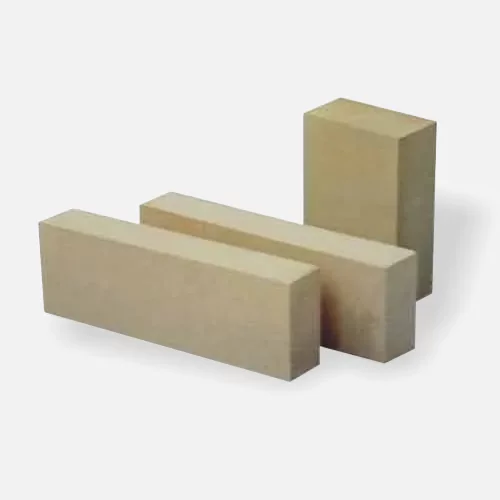Magnesia Carbon Bricks Manufacturers
Magnesia carbon bricks have a number of properties that make them well-suited for these applications. They are highly resistant to thermal shock, which means that they can withstand sudden changes in temperature without cracking or breaking. They are also resistant to corrosion by molten materials, such as slag and metal.
In addition, magnesia carbon bricks have a high melting point, which makes them suitable for use in very hot environments.Magnesia carbon bricks are typically made by bonding together magnesia and graphite particles with a resin.

Magnesia Carbon Bricks Suppliers
- Preparation of raw materials: The raw materials for magnesia carbon bricks are magnesium oxide (MgO) and carbon. The MgO is typically prepared by calcining magnesite ore, while the carbon is typically prepared from petroleum coke or coal tar pitch.
- Mixing: The raw materials are mixed together in a predetermined ratio. The mixing is done in a strong sand mixer to ensure that the materials are well-blended.
- Forming: The mixed materials are then formed into bricks using a hydraulic press. The pressure of the press helps to compact the materials and improve the strength of the bricks.
- Drying: The bricks are then dried to remove any moisture. The drying is typically done in an oven at a temperature of about 200 degrees Fahrenheit.
- Sintering: The dried bricks are then sintered at a high temperature, typically around 2,000 degrees Fahrenheit. The sintering process causes the materials to fuse together and form a solid brick.
- Cooling: The sintered bricks are then cooled to room temperature.
Advantages Of Our Products :
- Corrosion resistance
- High temperature resistance
- High cost
- Low Thermal Conductivity
- Thermal Shock Resistance
Where It Is Used?
- Steelmaking
- Glassmaking
- Cement production
- Foundry
- Chemical processing
- Power generation
Features of Magnesia Carbon Bricks
- Reduced Spalling
- Thermal Conductivity
- Ease of Installation
- Variety of Grades
Magnesia Carbon (MgO-C) bricks are a type of refractory material known for their excellent performance in high-temperature environments. They are commonly used in various industrial applications where resistance to heat, corrosion, and mechanical stress is required.





